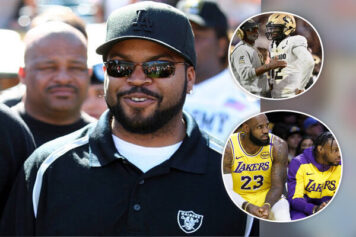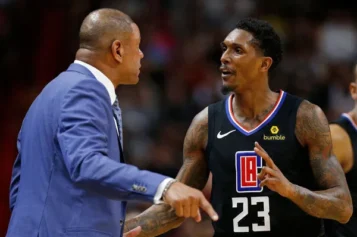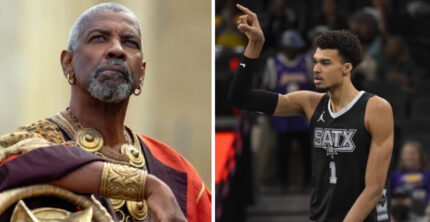The 1965-66 Texas Western Miners basketball team represented Texas Western College, now known as the University of Texas El Paso (UTEP).
The team was coached by Hall of Famer Don Haskins. The Miners made history by winning the 1966 NCAA University Division Basketball Tournament, becoming the first team with an all-Black starting lineup to win an NCAA National Championship.

The Miners roster consisted of seven African-Americans. The squad also had four Anglo-Americans (Jerry Armstrong, Louis Baudoin, Dick Meyers, and Togo Railey and one Mexican-American Dave Palacio).
On March 19, 1966, the Miners defeated the Kentucky Wildcats (72-65) at Cole Field House on the campus of Maryland University in College Park, MD. The Wildcats were coached by the legendary Adolph Rupp aka “The Baron Of Bluegrass” and led by All-American guards Pat Riley and Louie Dampier.
The victory, according to sportswriters, analysts and prognosticators was a “watershed event” because it encouraged other predominantly white schools to recruit African-American players, ending years of shameful and evil segregation.
In 2006, the movie Glory Road, depicting the significance of this game, was released.
Inaccuracies In The Movie “Glory Road”
As with most Hollywood sports biopics, although based on actual events, there are many inaccuracies in the movie. Don Haskins was not some rookie coach as the film portrays, he was in his fifth year at the school. They weren’t some unheard of team that came out of nowhere, as Haskins had led them to two previous NCAA Tournaments.
Haskins deserves plenty of credit for how he recruited and utilized his Black players – especially guys like Bobby Joe Hill from Michigan, Harry Flourney from Gary, Indiana, Houston’s David Lattin and Willie Worsley, a 5-foot-6 phenomenon out of DeWitt Clinton High School in the Bronx, NY – but Texas Western had African-Americans on the roster before he even arrived on campus.
As a matter of fact, when Haskins was unloading the moving truck into his El Paso home after taking the job, one of the team’s players that he inherited, Nolan Richardson, who would go on to become a legendary national championship-winning coach at the University of Arkansas in the 1990s, showed up to welcome and help him get situated.
The movie erroneously paints a picture of a team of new recruits that takes a while to gel during that 1966 season. In fact, the nucleus had been on campus for a while, winning 18 games the year before while qualifying for the NIT in 1965.
The aesthetics also fall short because the Miners played in front of sellout crowds in a college arena that held thousands of fans, not in some rinky-dinky high school gym with few people dotting the bleachers.
Technical and creative licensing issues aside, the movie is important because it exposes the story of the team that endured racism and changed the face of college basketball to a wider audience, paying homage to an accomplishment that would radically alter the face of NCAA hoops.
Kentucky was a prohibitive favorite in the 1966 national championship game: think Sonny Liston versus Cassius Clay in Miami in 1964, Mike Tyson against Buster Douglass in Tokyo in 1990 and 40th Street Black versus Bootney Farnsworth in Let’s Do It Again.
The team was eventually inducted into the Naismith Memorial Basketball Hall Of Fame. On February 6, 2016, the now University Of Texas El Paso Miners held a reunion for the 1966 players at the Don Haskins Center.
This was a landmark night and although the 1954 Brown vs Board of Education decision and Civil Rights Act of 1964 outlawed racial segregation in the public school system, it was still common to find all-white college sports teams, particularly in the South.
READ MORE: Linda Brown From Historic Brown v. Board Case Passes Away
The win accelerated the advancement of Black athletes in the South as well. All-white leagues like the Atlantic Coast Conference, Southwestern Conference, and Southeastern Conference became integrated within the next two years.
When asked about his decision to start five African-American players, “Haskins downplayed the significance saying the best players play, and I just wanted to win the game.” Haskins was a humble and private man and coach who did his best to avoid the spotlight. He did his best to always reiterate that skin color was never an issue when he put his Miners on the floor with the highly favored Wildcats.
“Haskins says I was simply playing the best players I had. It was what I had done all year.”
Haskins went on to produce many more winning teams and NBA stars before retiring from UTEP in 1999.



